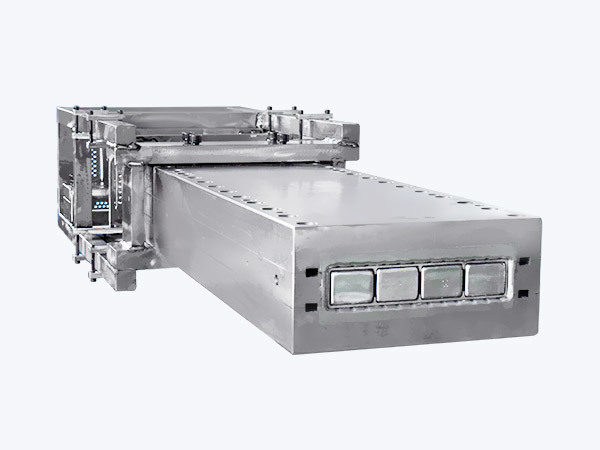Fast delivery
Global supplier
Innovative solutions
Exploring the Advantages and Applications of FRP Flat Bars in Construction
Jun 26,2025
In the construction and architectural sectors, the choice of materials is crucial for achieving durability, efficiency, and aesthetic appeal. Among these materials, FRP (Fiberglass Reinforced Plastic) flat bars have emerged as a revolutionary alternative to traditional steel products. Composed of a combination of fiberglass and resin, these flat bars offer distinct advantages that can significantly benefit various construction applications.
One of the primary advantages of FRP flat bars is their impressive strength-to-weight ratio. This characteristic makes them easier to handle and install compared to traditional steel flat bars, which can be heavy and cumbersome. As such, construction teams can save time and reduce labor costs, making FRP flat bars an efficient choice for projects requiring structural support without the added weight.
Moreover, FRP flat bars exhibit exceptional corrosion resistance. Unlike steel, which can rust and degrade when exposed to moisture and harsh environmental conditions, FRP materials are impervious to corrosion. This quality is particularly advantageous in industries such as marine construction, chemical processing, and infrastructure projects where exposure to corrosive elements is common. By utilizing FRP flat bars, professionals can extend the lifespan of their structures while minimizing maintenance requirements.
Another compelling feature of FRP flat bars is their versatility. They can be manufactured in various sizes and shapes to meet specific project needs. Whether used for load-bearing applications, support structures, or decorative elements, FRP flat bars can be customized to suit diverse architectural designs. This flexibility allows architects and builders to innovate without being constrained by material limitations.
In addition to their practical benefits, FRP flat bars are also an environmentally friendly option. The production process for FRP materials often generates less waste compared to traditional steel fabrication. Furthermore, the longevity and durability of FRP flat bars reduce the need for frequent replacements, contributing to sustainable construction practices.
In summary, FRP flat bars represent a forward-thinking solution for professionals in the construction and design industries. Their lightweight nature, corrosion resistance, versatility, and environmental benefits make them an attractive alternative to conventional steel flat bars. For those looking to enhance their building projects with innovative materials, considering FRP flat bars could be a significant step forward. By embracing these advanced materials, professionals can not only improve the efficiency and sustainability of their work but also push the boundaries of modern architectural design.
One of the primary advantages of FRP flat bars is their impressive strength-to-weight ratio. This characteristic makes them easier to handle and install compared to traditional steel flat bars, which can be heavy and cumbersome. As such, construction teams can save time and reduce labor costs, making FRP flat bars an efficient choice for projects requiring structural support without the added weight.
Moreover, FRP flat bars exhibit exceptional corrosion resistance. Unlike steel, which can rust and degrade when exposed to moisture and harsh environmental conditions, FRP materials are impervious to corrosion. This quality is particularly advantageous in industries such as marine construction, chemical processing, and infrastructure projects where exposure to corrosive elements is common. By utilizing FRP flat bars, professionals can extend the lifespan of their structures while minimizing maintenance requirements.
Another compelling feature of FRP flat bars is their versatility. They can be manufactured in various sizes and shapes to meet specific project needs. Whether used for load-bearing applications, support structures, or decorative elements, FRP flat bars can be customized to suit diverse architectural designs. This flexibility allows architects and builders to innovate without being constrained by material limitations.
In addition to their practical benefits, FRP flat bars are also an environmentally friendly option. The production process for FRP materials often generates less waste compared to traditional steel fabrication. Furthermore, the longevity and durability of FRP flat bars reduce the need for frequent replacements, contributing to sustainable construction practices.
In summary, FRP flat bars represent a forward-thinking solution for professionals in the construction and design industries. Their lightweight nature, corrosion resistance, versatility, and environmental benefits make them an attractive alternative to conventional steel flat bars. For those looking to enhance their building projects with innovative materials, considering FRP flat bars could be a significant step forward. By embracing these advanced materials, professionals can not only improve the efficiency and sustainability of their work but also push the boundaries of modern architectural design.
PREVIOUS:
Contact Us
Tel:
+86017717930013 +86013621742959
Email:
Address:
No.99 Denggao Road, Motou Town, Rugao City, Jiangsu Province, China.








